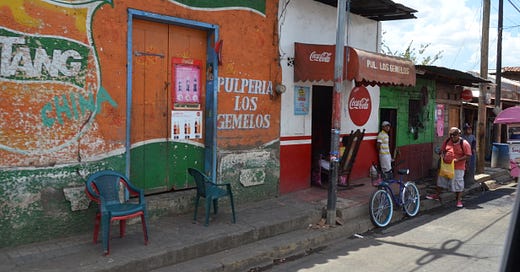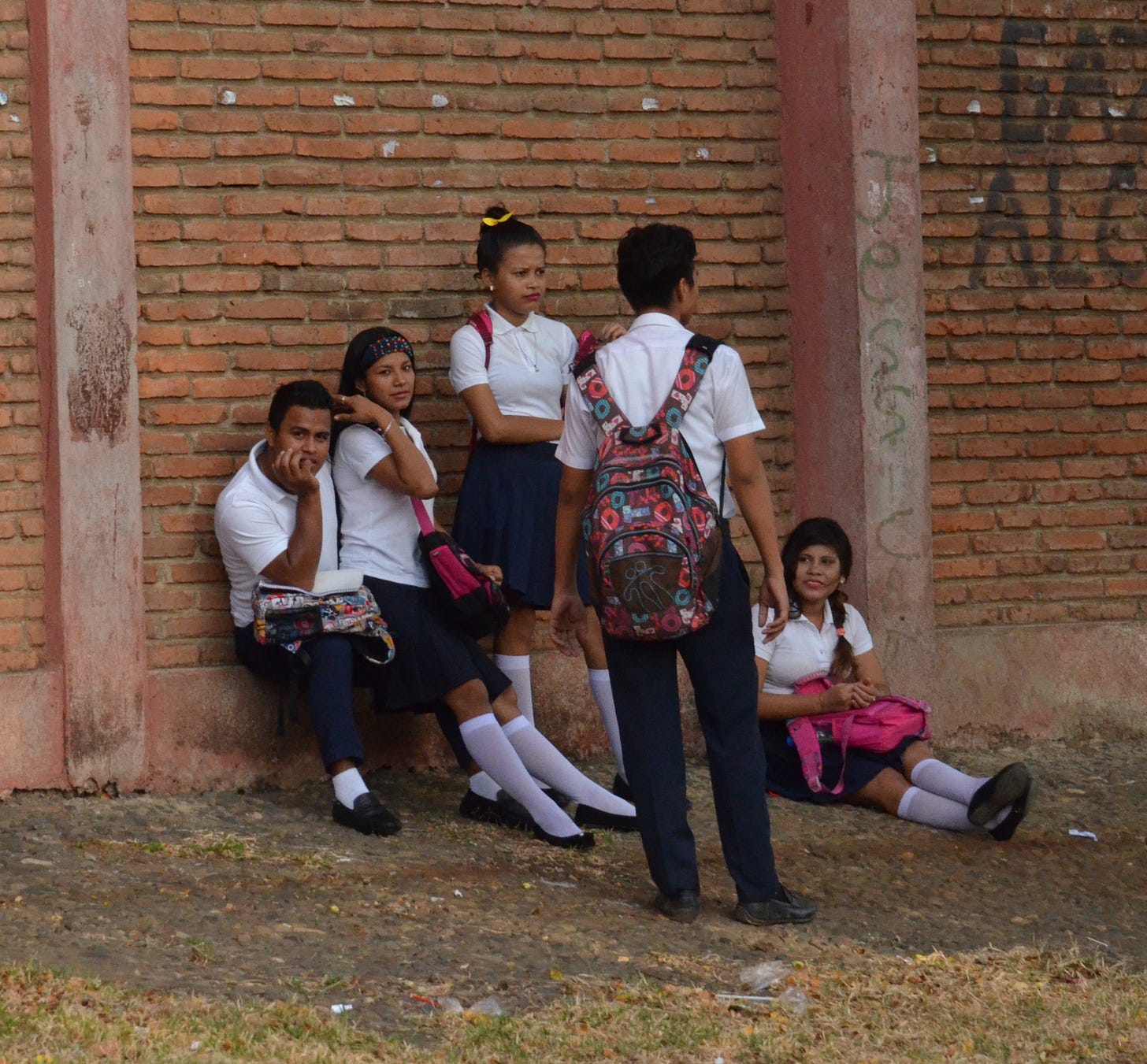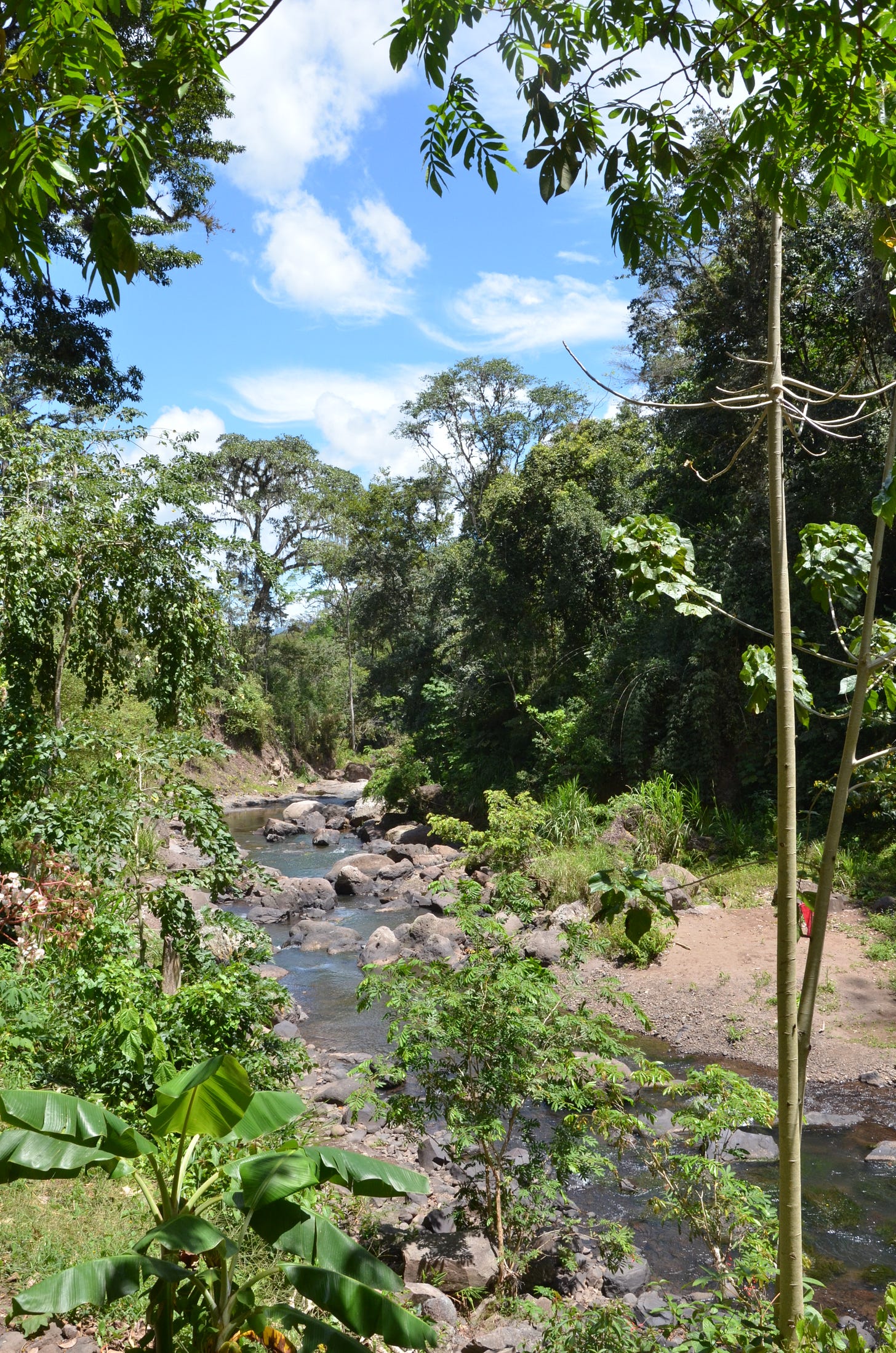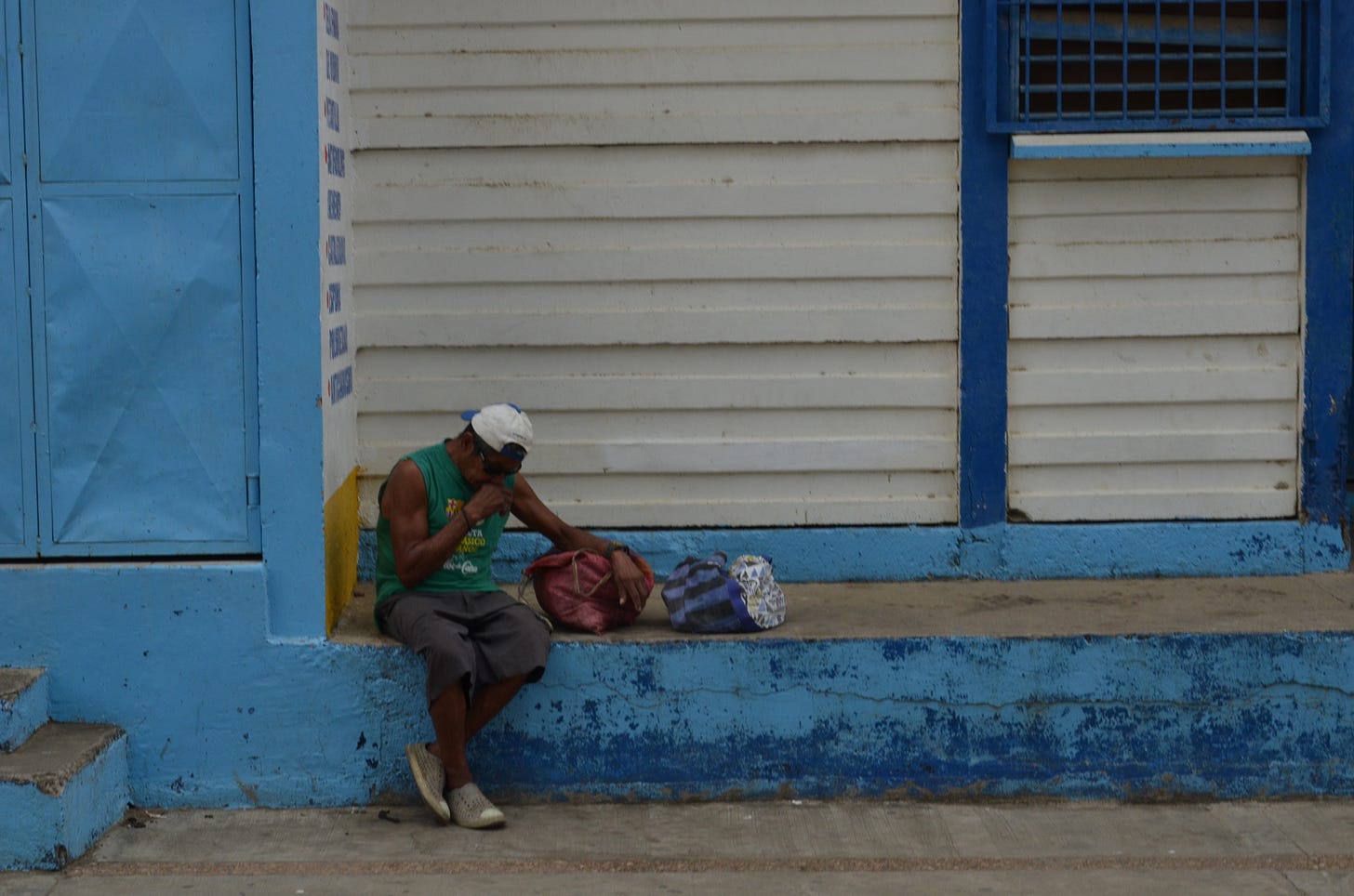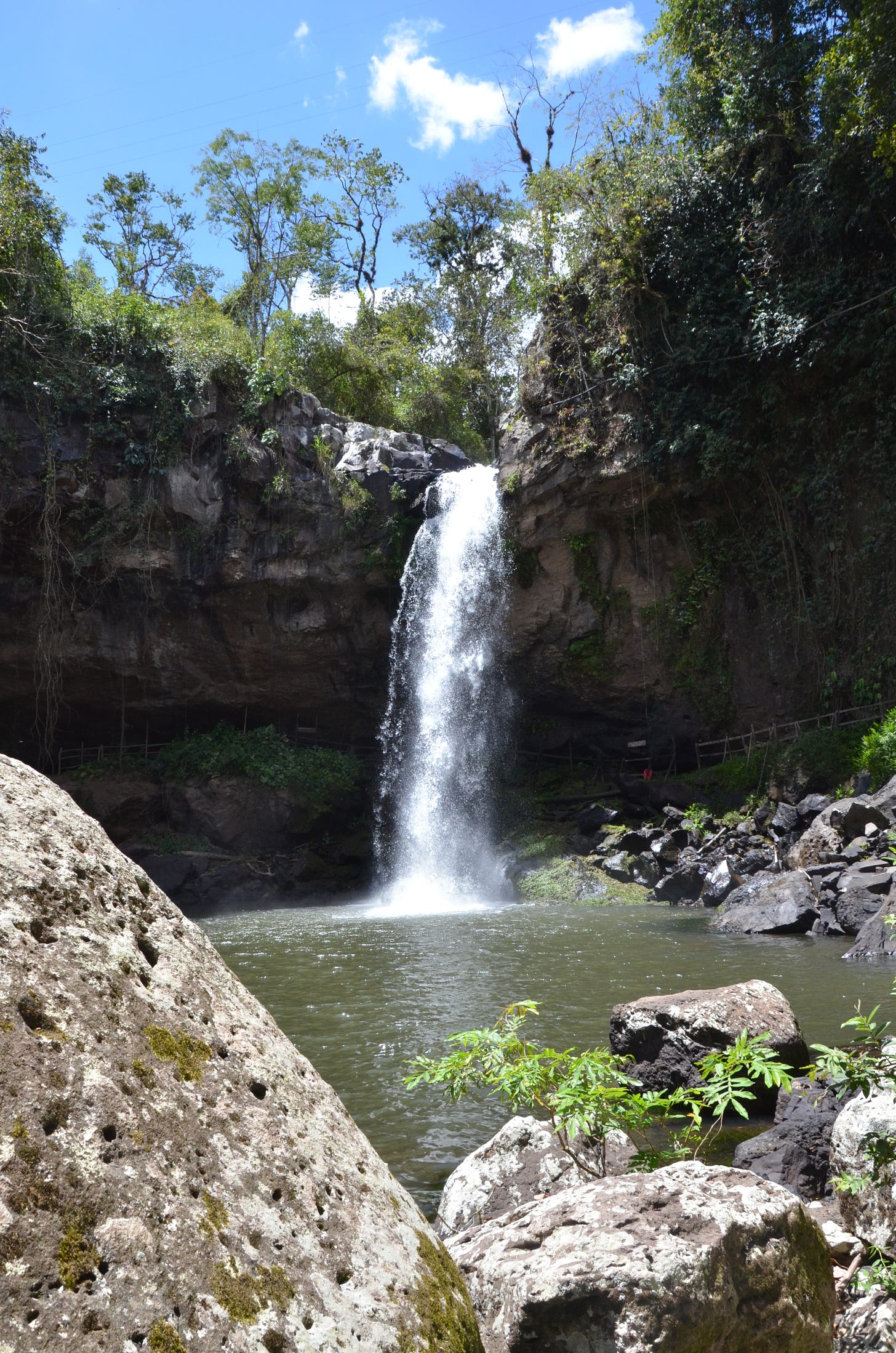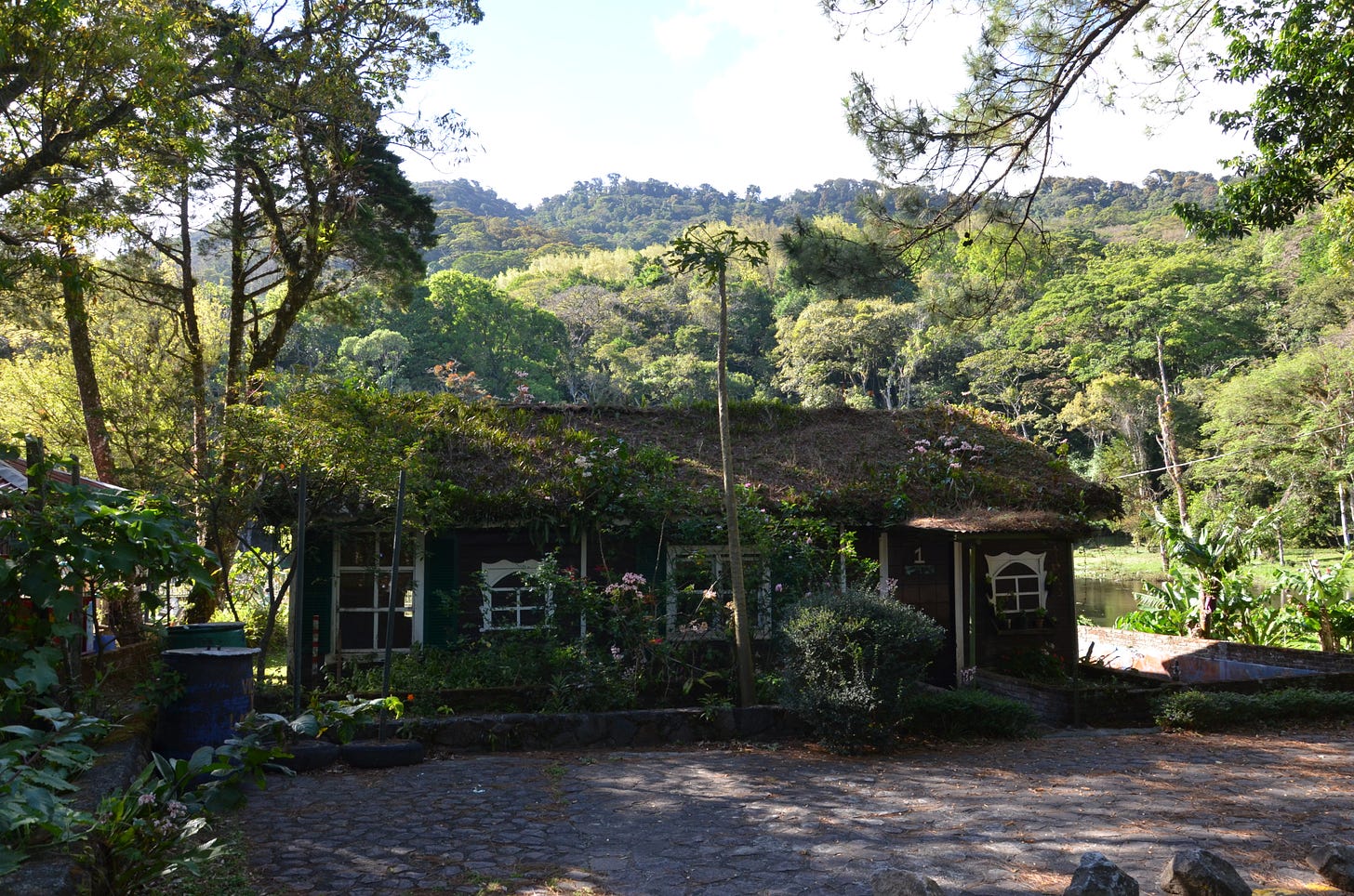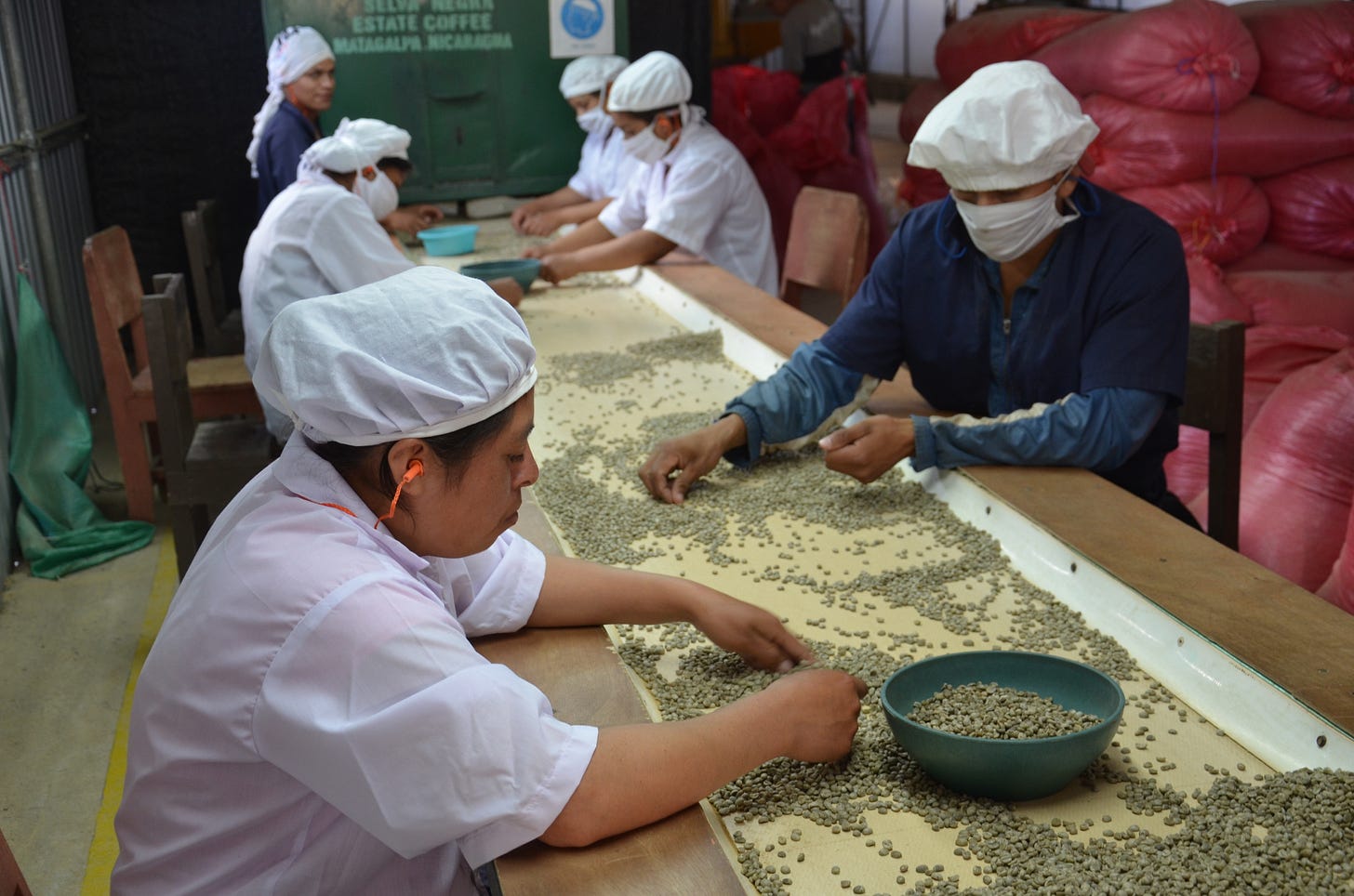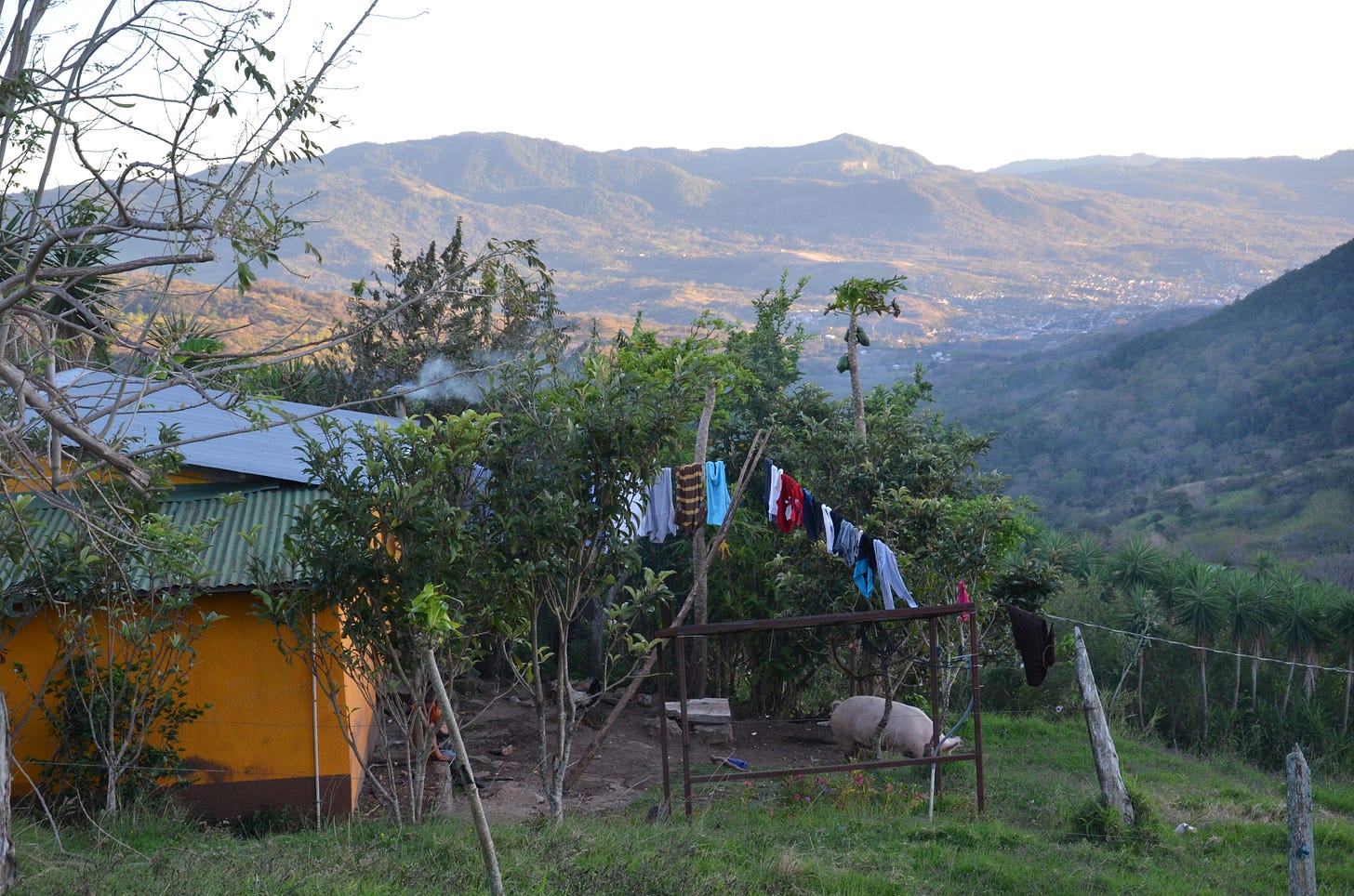Discover Nicaragua before the hordes come
Central America’s largest country remains one of the region’s least-visited destinations
Despite being a land of spectacular rainforests, lakes and volcanoes, with deserted beaches, colourful unspoilt colonial cities and incredible wildlife, Nicaragua remains one of the least-visited countries in Central America.
Although there have been mass protests from time to time - and between 2014 and 2018 the country saw thousands of citizens rise up to call out corruption in the government of Daniel Ortega - the country has been generally safe since the Contra War ended more than three decades ago. With considerably less crime that its neighbour Costa Rica, drug gangs are virtually nonexistent.
Nicaragua has an easygoing vibe, a growing ecotourism scene, and is also a cheap place to visit: indeed living costs are generally half those of busy, more built-up Costa Rica.
There are indications Nicaragua will feature on an increasing number of travel plans. It has been included in Travel + Leisure's list of the 50 best places to visit in 2025, and a new 355km highway completing soon that will connect 50 towns and remote coastal communities with urban centres along the Pacific coast will make exploring this fascinating country easier than ever. Also, a tourist-friendly crossing from Costa Rica to Nicaragua is set to open by 2026.
Large hotel chains like Holiday Inn, Hyatt and Raddison have been making inroads and numerous boutique hotels have been opening too, while airlines are increasing flights. United, for example, has doubled the number of flights it offers from its Houston hub to Managua, the capital, while reconstruction and expansion plans for Punta Huete International Airport are underway. Also, an airport opened a few years ago on Ometepe island, a Unesco biosphere reserve known for its twin volcanoes.
When I visited, I was struck by how unspoilt the country is, and the lack of tourists. It possesses the greatest amount of coastline (both Caribbean & Pacific) in Central America, and has pristine beaches featuring world-class surfing. It has the largest tropical rainforest north of the Amazon. Indeed, the Bosawas Reserve is the biggest biosphere reserve in Central America.
Nicaragua is one of the poorest countries in Latin America, which was very clear soon after landing in the country, when we were driving through Managua at midnight. A boy aged around 10 ran up to our bus to beg, dodging traffic on a busy highway.
Spain’s colonial presence is on show throughout the country in the central plazas, grand architecture and ornate churches of historic towns like San Rafael del Norte, Rivas and Ciudad Antigua. Few visitors omit visiting the colourful colonial cities of Granada and it’s slightly tattier brother Leon, which thankfully do not have the feel of being taken over by tourism. They haven’t been ‘Disneyfied’ or turned into inauthentic touristic resorts.
With the brooding Mombacho volcano as its backdrop, Granada, founded by the Spanish in 1523 and a UNESCO World Heritage site that has survived pirate attacks, civil war and fire, enjoys a picturesque location on Lake Nicaragua, the largest lake in Central America. Behind heavy wooden doors lurk stunningly restored courtyards with elegant restaurants, bars, galleries and artisan shops. You can also visit the workshop of Dona Elba Cigars and watch cigars being rolled.
Leon has colonial-era monasteries and churches, and its 18th century baroque and neoclassical cathedral, the largest in Central America, is not to be missed too. There’s a busy market and several art galleries to discover. Leon is the intellectual capital, attracting artists, poets and students alike.
Leaving the cities rewards you with dramatic scenery including rainforest and beautiful beaches, including surfer’s paradise San Juan del Sur on the Pacific Coast, where waves reach more than six metres high.
The landscapes are richly populated with wildlife. There are more than 700 tropical bird species including kingfishers, trogons and motmots, and other wildlife includes caimans and crocodiles, ocelots and jaguars and numerous monkeys.
Nicaragua has around 40 volcanoes, and around half a dozen are active at any time. On jet black Cerro Negro you can hurtle down on a wooden sled, reaching speeds of 30mph or more, and an even more unforgettable experience is to walk to the crater’s edge of Masaya Volcano.
The volcano is easily accessible: you can travel by car - signs advise drivers to park their cars facing downhill in case a quick getaway is required - or alternatively you can walk the five kilometres to it or get a minibus from the interpretation centre in the locality, which has displays on the ecology, history and geography of the area. There are unaccompanied walks and guided trails in the vicinity.
As you approach the crater, columns of gas billow from below and the strong smell of sulphur envelopes you. Only a small wall separates visitors from a thousand-foot drop and it is a real thrill to peek over the smoke-blackened rim down into the crater’s murky depths to see the burning pools of red lava below when they are visible. No wonder early Spanish explorers considered this to be the entrance to hell.
Because the sulphuric gases are toxic, you’re only supposed to stay here for five minutes, however I didn’t see anyone who didn’t stay for at least 30 minutes: they’re transfixed by the swirling gases, the glowing lava, and the wonderful views.
Only a few countries have lava lakes like this, the others being in Antarctica, Vanuatu, the United States (Hawaii), the Democratic Republic of Congo and Ethiopia.
If visiting the volcano in the afternoon, you may see some of the many parakeets return to their nests in the crater walls. Short walks take you to lava caves and butterfly gardens and for a superb end to the day chill out by the beautiful Laguna de Apoyo, a crater lake not far away.
And as conventional lakes go, vast Lake Nicaragua, which has more than 300 rainforest-covered islets, is hard to beat.
A two-hour drive northeast from Managua takes you to the 1,400-acre Selva Negra coffee plantation in the highlands, around 1,220 metres above sea level. Here you can take a tour explaining the process of turning the coffee beans to coffee.
It’s best to visit the country from late November to May, which is the dry season. Nicaragua is not in the hurricane zone but does get tropical storms from June to November.

